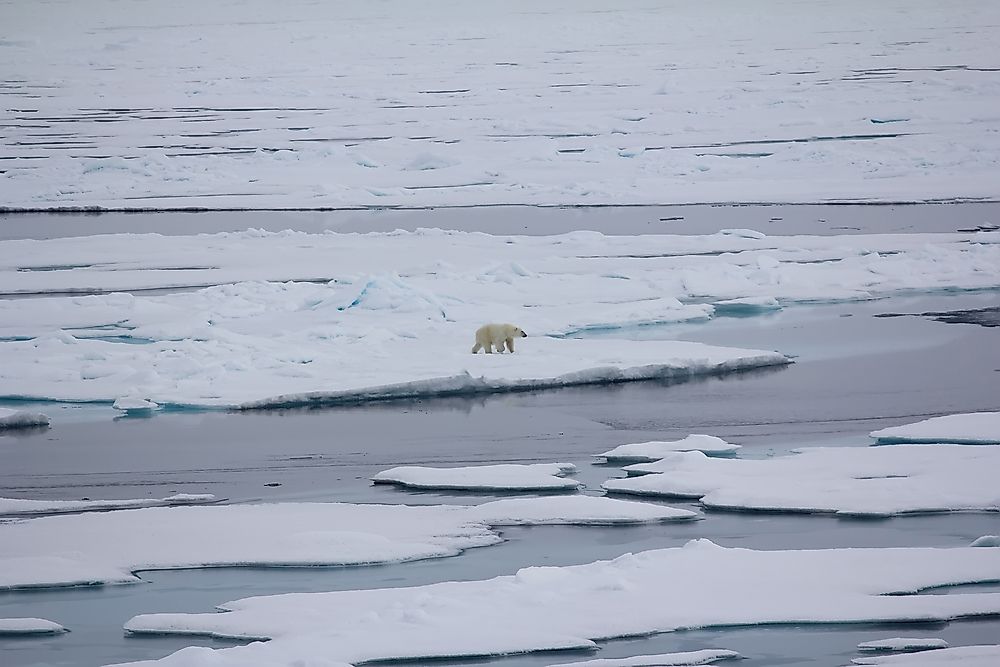Why Isn't The Arctic Considered To Be A Continent?

What Is a Continent?
A continent is one of the large subdivision of landmasses of the world. There are seven continents; Africa, Antarctica, Asia, Australia, Europe, North America, and South America. Small islands are grouped with the closest continent. In some instances, Australia is grouped with other islands in the Pacific to form the continent of Oceania. About 240 million years ago, the continents of the earth were joined together as the supercontinent Pangaea, but 200 million years ago tectonic forces began breaking the supercontinent apart, and the breakaway landmasses began floating away from each other. Five of the seven continents lie on the continental plates with the same name, for example, North America lies on the North American continental plate while Australian lies on the Australian continental plate. Europe and Asia are the only continent that share a continental plate; the Eurasian plate. The continents of Europe and Asia were created due to the cultural differences between the two regions of the earth. When defining continent based on continental plates then there are six continents.
What Is the Arctic?
A frequently asked question is why the Antarctic is considered a continent while the Arctic is not, yet they are both polar regions of the earth. The answer lies in the definition of a continent. The keyword when defining a continent is the term “landmass.” The Arctic or the North Pole is a sea surrounded by land while the Antarctic or the South Pole is a landmass surrounded by sea. The Antarctic, therefore, meets the criteria to be considered a continent while the Arctic does not. The Antarctic is the fifth largest continent with an area of about 5.5 million square miles, but it is the least populated with about 1,000 people due to the extremely low temperature.
The Arctic and Antarctic Deserts
Surprisingly both polar regions constitute the two largest desert on the planet. The Antarctic is the world's largest desert, the whole landmass is practically barren and cannot support vegetation. The arctic extends to territories claimed by the United States, Sweden, Russia, Norway, Canada, and Denmark. It is the second largest desert in the world. The polar regions are considered deserts because they experience minimal amounts of precipitation or none at all. For precipitation to occur, liquid water needs to evaporate, condense, and fall back as rainfall. The polar regions are extremely cold that water cannot evaporate and the water vapor that is carried along by clouds freeze and fall as snow rather than rainfall.











